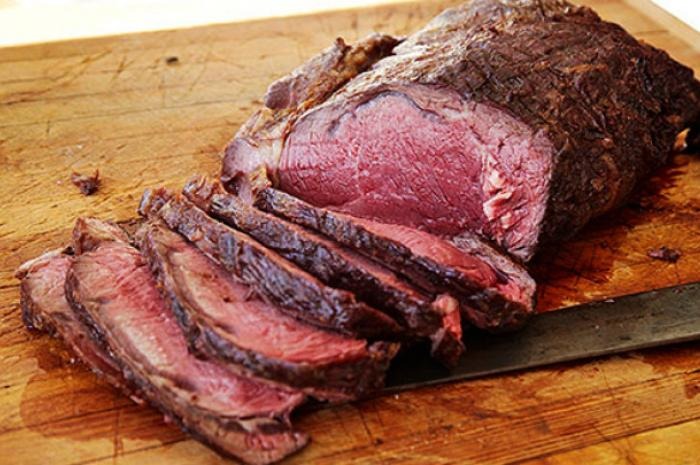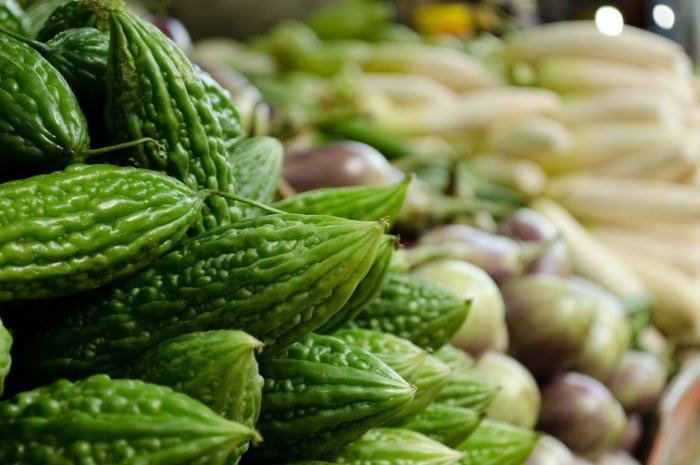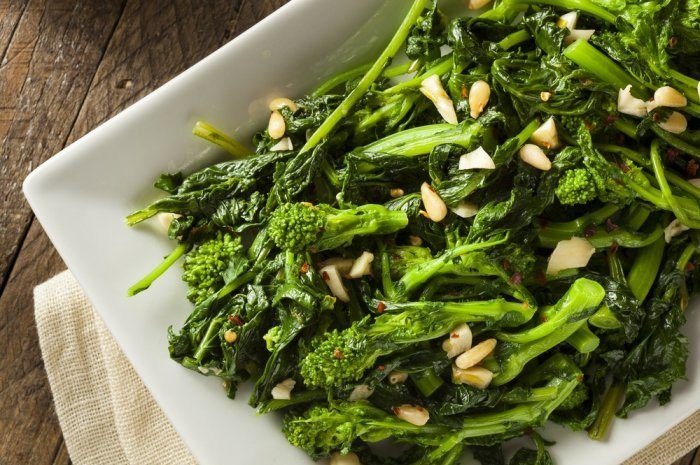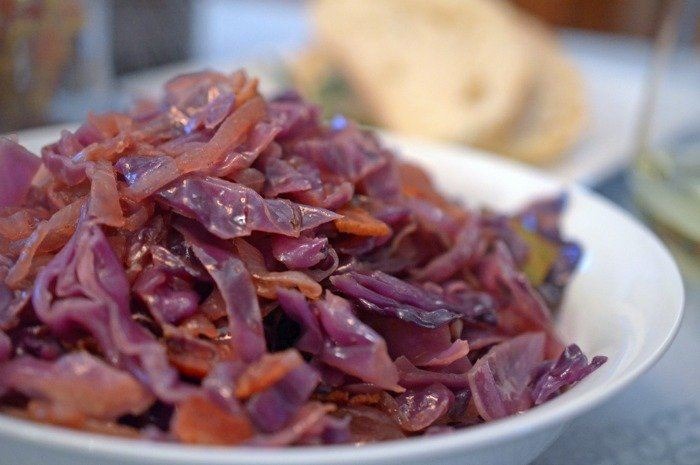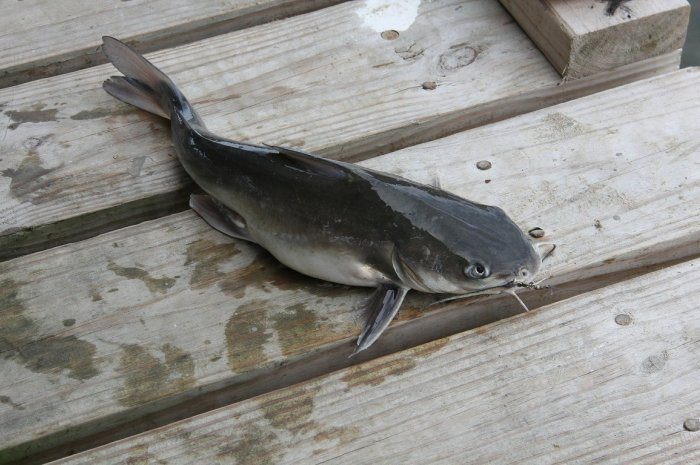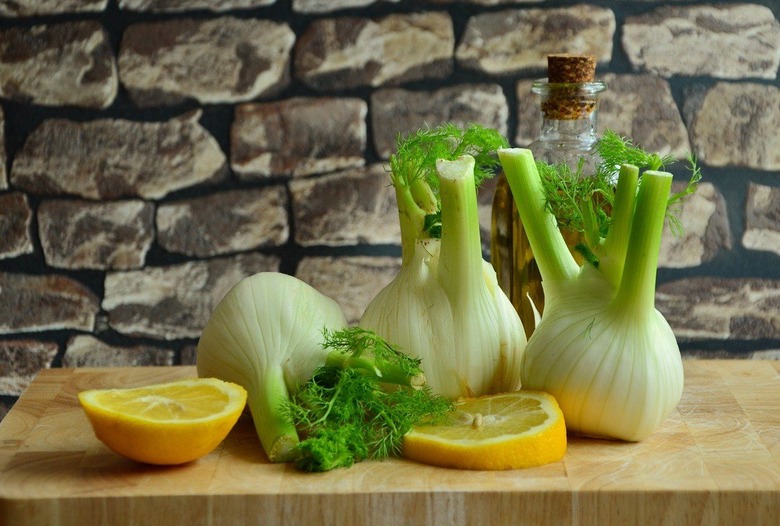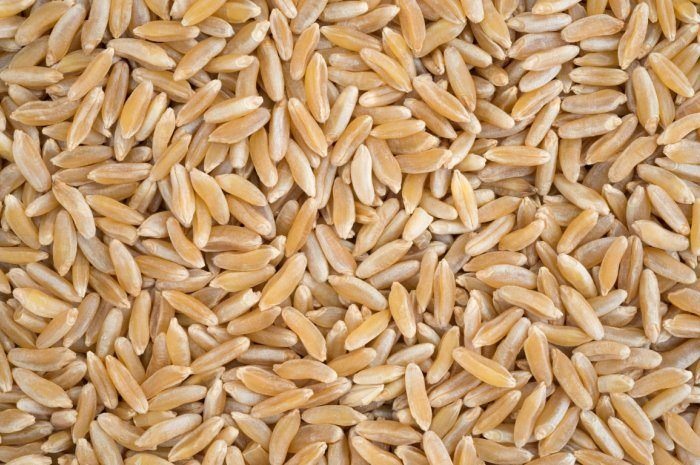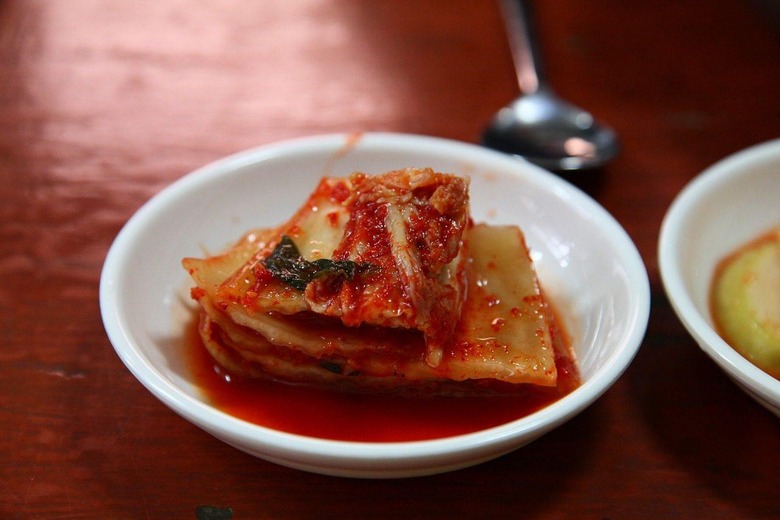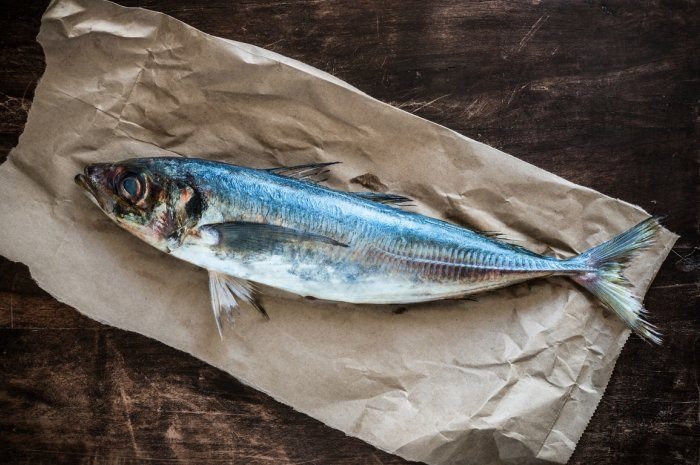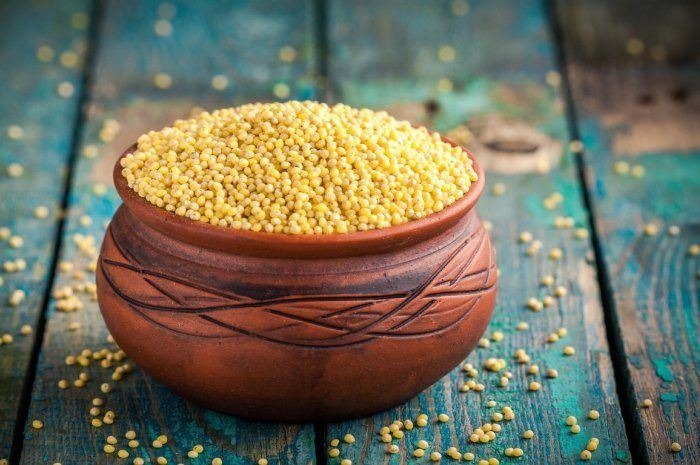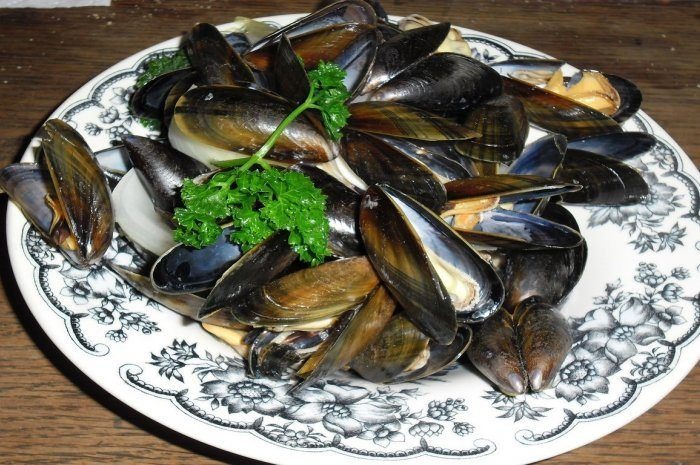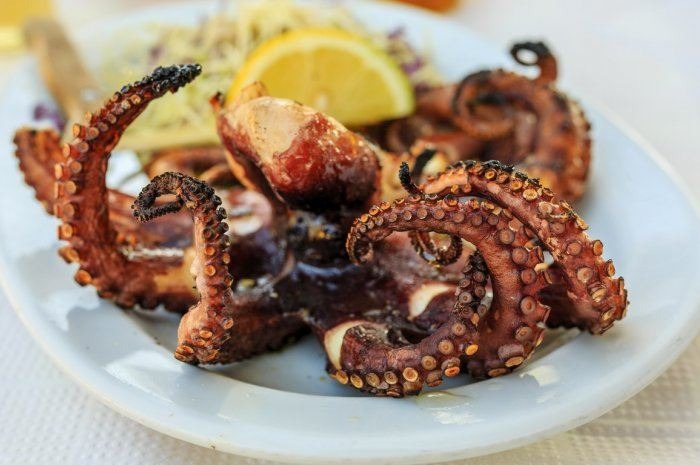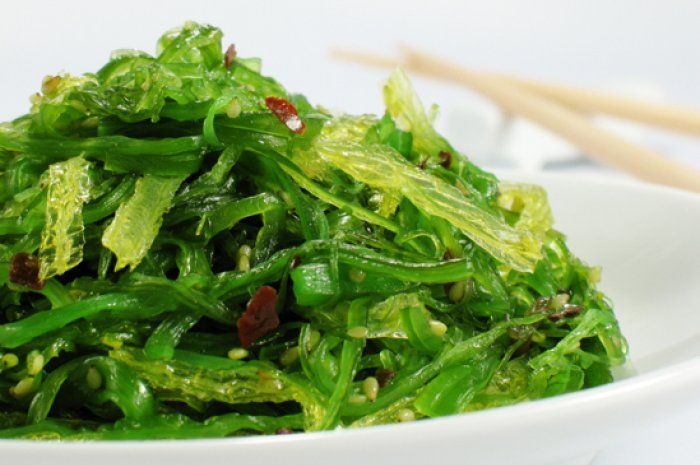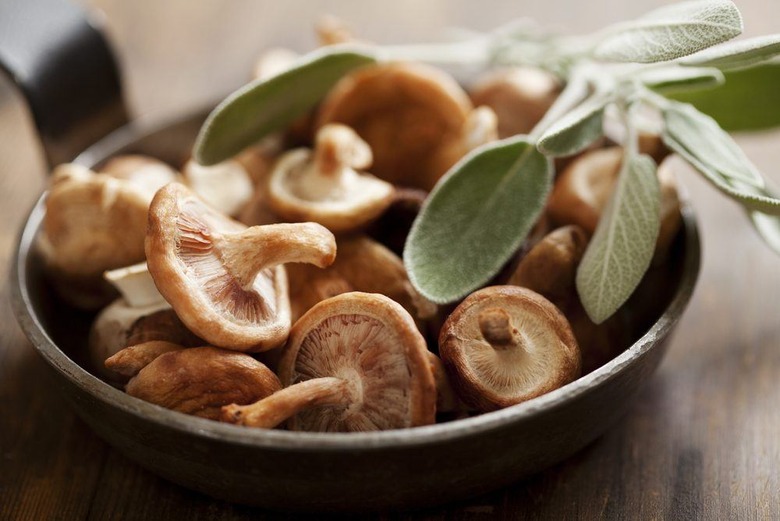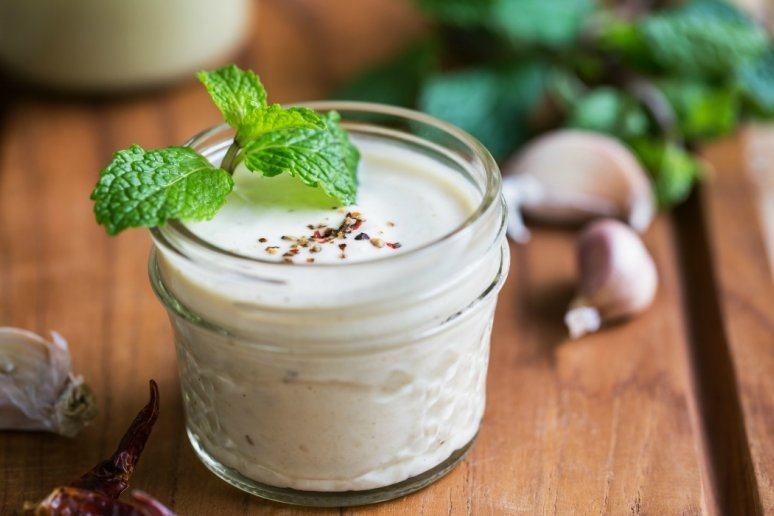15 Healthy Foods You Should Be Eating, But Probably Aren't Slideshow
Could bison be red meat's saving grace? Compared to beef, grass-fed bison is leaner, contains less saturated fat and fewer calories, and is just as rich in iron and B vitamins. Grass-fed bison also have a higher concentration of omega-3 fatty acids. Since it's so lean, bison is best served lightly grilled, as a patty, or in chili.
Bitter Melon
Bitter melon is not especially common in the United States, but it's widely consumed in Asia and the Caribbean and can be found here in Asian markets. As its name suggests, this gourd is very bitter, but it can be added to juices and stir-fries to mask its pungent taste. Bitter melon has also been linked to lower cholesterol levels and fewer incidences of pancreatic cancer.
Broccoli Rabe
Broccoli rabe (also called rapini) is a bold and bitter green that should be included in your diet year-round. Broccoli rabe is a great source of vitamin A, C, and K, but it is also plentiful in folate, which can help reduce allergy symptoms.
Cabbage
Cabbage goes way beyond coleslaw. The winter vegetable is especially rich in vitamins C and K and folate, and has been found to reduce cholesterol and lower the risk of certain cancers. Unlike other fresh vegetables, cabbage can be stored in the refrigerator for weeks when wrapped in plastic.
Catfish, Domestic, Farm-Raised
Catfish farming is one of the most responsible forms of aquaculture. Catfish are not at risk of overfishing and are also low in calories, fat, and mercury. They're a powerful source of omega-6 fatty acids and contain 40 percent of the daily recommended intake of vitamin B12.
Fennel
When consumed raw, fennel has an intense licorice flavor; when roasted, it takes on a caramel-like sweetness. One fennel bulb contains only 73 calories and almost no fat, but it's loaded with fiber, vitamin C, potassium, and a host of other minerals. Experiments on mice concluded that the extract from fennel seeds could have anti-tumor properties and could also protect cells from oxidative stress.
Khorasan Wheat
Khorasan wheat was most likely one of the earliest cereal crops domesticated by humans, but now it is more commonly associated with its trademarked brand name, Kamut. The ancient grain is larger than traditional wheat and nuttier in flavor. A cup of cooked Khorasan wheat has only 1 ½ grams of fat and 230 calories, but provides 28 percent of the recommended daily intake of fiber and 10 grams of protein.
Kimchi
Kimchi is a spiced, pickled, and fermented preparation of vegetables, most often cabbage, which is a key component of Korean cuisine. Kimchi is now a global ingredient, praised for its ability to add acidic notes and a crunchy texture to everything from beans and rice to an ordinary sandwich. Kimchi's pop of flavor, which is enhanced by fish sauce, sugar, and ginger, works well with tofu and other soy-based proteins. You can always buy kimchi in stores, but it's easy and fun to make at home with these five quick kimchi recipes.
Mackerel
Mackerel is a big, oily fish, similar to tuna, but it has lower levels or mercury and is less at risk of overfishing. It's high in both omega-3 and -6 fatty acids and a good source of protein, and has been found to lower blood pressure in men. Try incorporating mackerel into your next fish taco night.
Millet
Millet, technically a seed, is starting to grow in popularity here in the United States because of its health benefits and versatility. The small seed contains a complete nutritional profile of copper, phosphorus, and manganese and can be used as a stuffing, porridge, or in place of another grain. Try it in cakes, breads, and even pizza crusts.
Mussels
Humble mussels have the most robust nutritional profile of any the shellfish. They contain high concentrations of zinc and other minerals, and are rich in long-chain fatty acids, which improve brain function and reduce inflammation. Mussels are not endangered or at risk of overfishing.
Octopus
The tentacles of the octopus may be off-putting to some, but many eaters find their chewy and meaty texture divine. Fresh octopus is rare and expensive, making canned octopus an affordable option. It's much tenderer, too. A four-ounce can of octopus in soybean oil has 13 grams of protein, 150 calories, and nine grams of fat, but it is also plentiful source of vitamin B-12. If you're feeling adventurous, try adding some to a citrusy seafood salad.
Seaweed
Part of the algae family, edible seaweed has been a staple of East Asian cuisine for centuries. Nowadays, you can find some form of seaweed in supermarkets all over the world. Seaweed is a powerful source of iodine, an essential mineral that contributes to a healthy, functioning thyroid. A cup of fresh seaweed is only 32 calories and contains a gram of fiber.
Shiitake Mushrooms
The health benefits of shiitake mushrooms have been known in East Asian cultures for centuries, but now science is finally able to confirm them. The American Cancer Society has acknowledged that shiitakes have been shown to reduce tumors in animals. The mushrooms also contain the compound lentinan, an anti-tumor polysaccharide that can possibly stimulate white blood cell production in humans.
Tahini (Sesame Paste)
Tahini is made from toasted, ground sesame seeds. The smooth paste has a rich and deep flavor, and is a source of healthy polyunsaturated fats, amino acids, and phytosterols; a type of nutrient that positively impacts hormone levels, arterial health, and cholesterol. By simply adding water, lemon juice, cumin, and a pinch of salt, tahini paste becomes a wonderfully vibrant sauce for roasted zucchini, eggplant, and bell peppers, and even for simply cooked fish or chicken.
